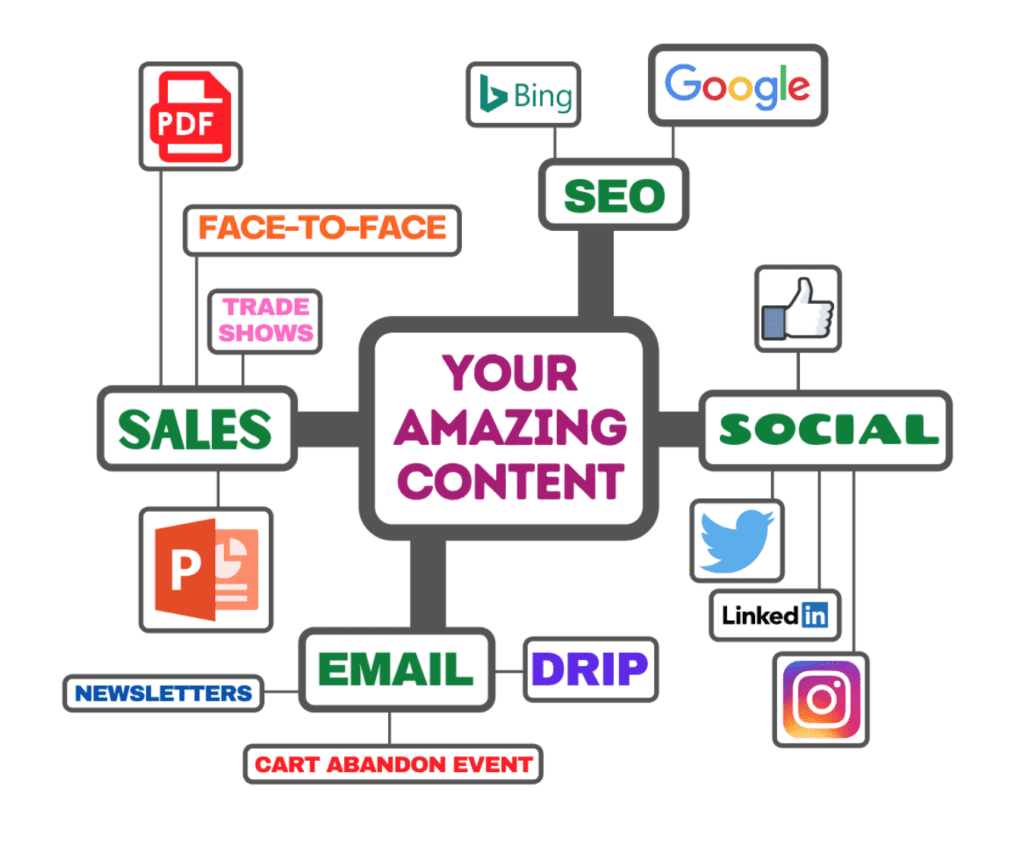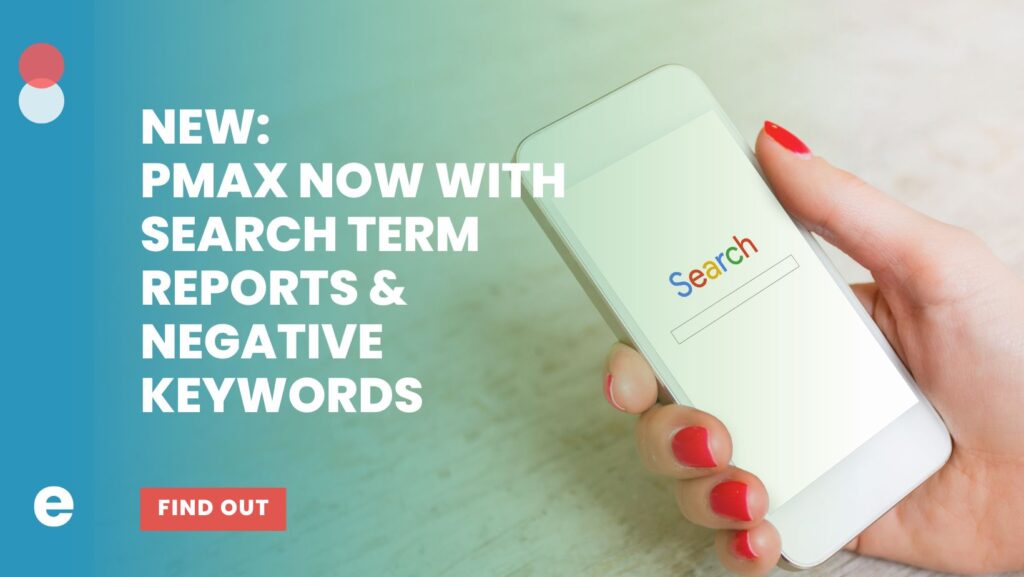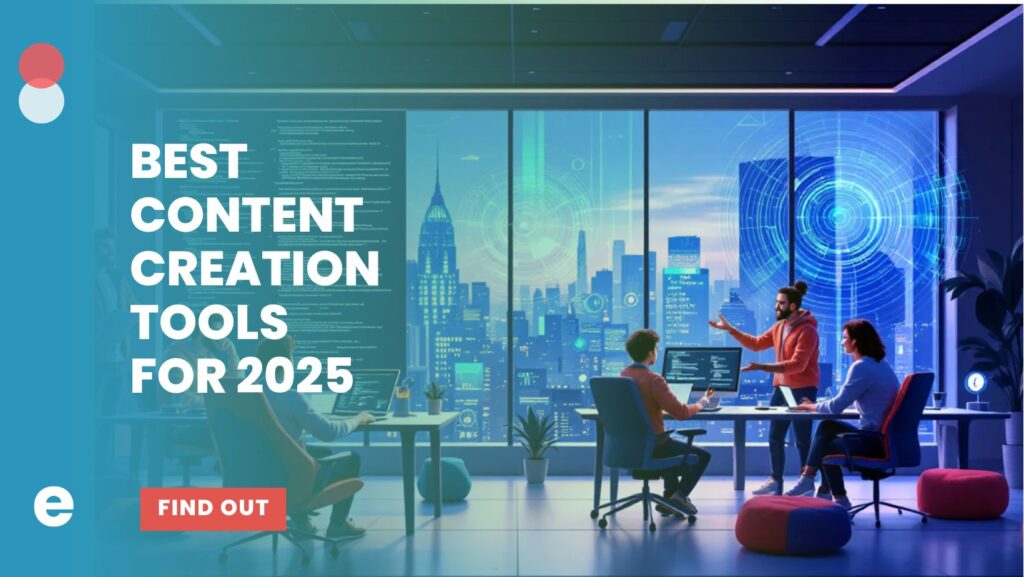“If a company writes a blog and no one reads it, does it count as content?”
If you’re anything like us, you’re tired of intros that start out with “In these extraordinary times…” or some version thereof. They’re everywhere. Still, in these extraordinary times (see? you can’t escape it) where the long-documented behaviors of your customers have been thrown out the window (or more correctly, locked down), the need for a sound digital content strategy is more important than ever. I’m also tired of “more important than ever”, “now more than ever” and the like. Alas, if the shoe fits…
It goes without saying that most content being produced and promoted these days is, in fact, digital. But for the purposes of this article, we’re going to focus solely on digital content and promotion, much to the chagrin of billboards, magazines, and analog broadcasters everywhere.
So if you’re reading this, then digital content is already on your radar. You’re probably already in the blog business, posting regularly on social media, some videos on YouTube, and maybe even a few stories on Instagram.
Still, with the forced, and in some cases legally enforced, alterations to your customer’s content consumption habits – and more importantly their adoption of your goods and services – taking stock of your content both in terms of production and promotion is a very critical exercise that will ensure that you are 1) creating the most effective content, and 2) promoting this effective content in the best possible way in which to take your customers from intent to conversion.
But first, let’s grab us a piping hot cup of context.
Digital Content, Back In The Day
Before COVID-19 the struggle for content creators everywhere (and by content creators, we’re referring to those who are tasked to produce commercially viable, marketing materials for their organizations, not influencers) was to make sure your content was ranking well on the SERP and your various social media (SM) channels. Granted, not a lot has changed, but there are new wrinkles in the plan today that were not there in the halcyon days of Q4 2019.
No, in those days you were “merely” concerned with appeasing The Algorithm so as to gain safe passage across the Swamp of Irrelevant SERPs so as to appear before your customer’s eyes on that coveted Page One.
You did this in part by staying up to date on all things SEO, making sure your content was long-form, that you were adhering to the best practices of the minute, that your ever-changing editorial calendar reflected the latest studies on when your target demographic consumed their tweets, posts, linkedins, and emails. You even ventured into the wilds of TikTok and Telegram, seeing what was in the water in those digital ponds.
But those days are over, sorta.
The Playing Field Today (Gameday)
Yep, by any accounting, today is different in the world of digital content creation and promotion, to say nothing of the greater good all of this serves: getting your potential customers to become just customers. Not that you can abandon any of the tactics that got you here, because you can’t, but because content consumption patterns are more important than ever before (I did it again). And if you were a traditional brick and mortar establishment, or if a significant portion of your B2B sales came from trade shows, face to face meetings with Check Signers, or some other manner of dealmaking that occurred within coughing distance, then you are undoubtedly aware of just how important the Digital Transformation is today.
So, what do we need to look at, where do we need to make changes, and how do we approach this task?
Your Knowledge Trifecta
Before you type a single word, before you shoot a single frame of video, before you log in to your Facebook Business Account, even before you open Adobe CC, you need to know a few things, specifically, three.
When you’re thinking about your content strategy, it’s good to think in terms of building a bridge. Three things you need to know when building a bridge are the starting point (Point A) the destination (Point B) and the type of bridge you are planning to build (Method). So let’s break down these three key pieces of information and how you should attain them.
Know Your Customer – Point A
You say you already have a slide devoted to personas in your latest content strategy deck? Great. Does that persona illustrate the content consumption patterns of your target demographic? Does it illustrate the digital interactions of your target audience in 2020? In a COVID-19 world? Does it address how those expectations will change once we enter the “new normal”? How many people are going to “give up” the soon-to-be-viewed-as-a-luxury practice of conducting more of their transactions – be they financial, medical, retail, or service-oriented – digitally, remotely, and on their schedule versus going back to actual travel and scheduling? If you think THAT is part of their collective desire to return to “normal” you are sadly mistaken. NO ONE is going to willfully submit themselves to waiting in a doctor’s office for two hours for a face-to-face that could have been done via zoom in 20 minutes. Nor will they forgo the ease and comfort of ordering online for loading up the car and heading out. There are some current concessions that will not be rolled back en masse.
So you need to understand your customer now more than ever (there it is again). You must identify what needs they are fulfilling by engaging with you as a customer. You need to understand their new motivations for viewing your webpage, for reading your social media posts, for searching for you on Google. Sure, some of those underlying motivators may not have changed, but if the mindset of your customer has changed, if their behavior has changed, then it behooves you to understand this new customer behavior. You could be fortunate: you could find that very little has changed.
Still, you’ll want to perform a forensic-grade persona of your customers – all of them. Not just your key demographic, but your secondary and tertiary ones as well. Perhaps your offering requires a highly-skilled expert to recognize the value and then a c-suite level individual to approve the budget. That means one transaction requires two audiences. Other offerings may be simpler. Regardless, once you’ve secured these new identities, you’ll want to update the various journey maps that connect a given audience to a given offering. When you fully understand your customer, where they’re coming from, and how they’d prefer to get to you (Point B) then you’ve essentially gained insight into their Intent. Once you’ve established their Intent, you can then move on to plotting the destination half of the content bridge, namely, what you sell, also known as Point B.
Know Your Offering(s) – Point B
But we sell this thing… Yes, you do, but there’s more to it than that. Sure you sell peanuts, and obviously elephants are your key demographic, but what does a peanut mean to them? And why are you selling peanuts in the first place? These questions may seem secondary in nature, but in fact, they are foundational to understanding what your offering really means to your customers.
Take for example Las Vegas. They’ve been one of the smarter examples of destination marketing for decades. They know the product they sell, but they know why they sell it, and they know why their customers want it. People don’t go there for the shows, the gambling, the luxury, the scene – those are incidental to their primary motivation. They go there to escape. The Las Vegas Visitors and Convention Bureau figured that out a long time ago and focused on the emotional threads in that fiber from the now ubiquitous “what happens in Vegas stays in Vegas” to more sensorial and open-to-interpretation campaigns like the ones The Cosmopolitan ran to wild success.
When you understand that to elephants, peanuts do not represent a significant source of their daily diet, but are directly associated with rewards for doing a good job, then you have the beginnings of a roadmap as to how to get your customer to leave Intent and step into the warm waters of Conversion.
You’ll want to spend some time with your own internal sales team, picking their field experiences for insights into why last year’s fifth-rated account leapt up to the number one spot this year. You’ll want to understand the needs your products fulfill – both the obvious ones and the not so. Once you’ve fully vetted this out, and it bears mentioning that the smartest companies in the world rely on external eyes to vet and validate their internal findings, then you can move on to the more architectural phase of your content bridge: identifying the best way from Intent to Conversion and the skillsets needed to close that gap.
How You Will Build That Bridge – Method
How will you get them there? Knowing what your internal team, or your agency partner, can and cannot do from a capability standpoint is very important, and requires frank, honest appraisals of everyone involved. You may look over your personas and your journey maps, you may fully understand the half a dozen reasons why a potential customer will pull the trigger on your offering, but do you know the bridge they’d most like to take?
There are, after all, more than one type of bridge. And some people will prefer one to the other. Whichever type of content bridge you decide on, you need to make sure you can 1) build it and 2) maintain and adapt it as needed.
If for whatever reason your research says your absolute best pathway to content promotion amongst your audience involves high-quality video, an immersive software experience, or creative writing, and you do not possess the human resources needed to execute that strategy, you have to ask yourself if the investment (either in a direct-hire or an agency partnership) will still return a satisfactory ROI. If second place is a consistent social media campaign, and the space between first place and second is less than the cost to hire all this outside expertise, it may make more sense to embrace the silver and let others enjoy the gold… for now.
Understanding your audience will dictate which bridge works best:
Are your customers highly pressed for time? Then your bridge needs to be wide and straight from Point A to Point B offering as few hurdles as possible. Does your current e-commerce journey require a 4-field form fill before they can even browse your inventory? The aforementioned audience may bail on that rather quickly.
Are your customers accustomed to a certain level of hand-holding or personalization to make them feel valued? If your email drips aren’t personalized and do not reflect their specific interests in your products (or even better a particular subset of your offerings) then how are they going to feel like they aren’t just another templatized email response?
Are your customers price sensitive? Then if your landing page doesn’t immediately spell out the financial benefits of your offerings over your competitors (free shipping, lifetime guarantee, 30-day return policy, etc…) then what happens when your competitor shows them all of that upfront on the SERP, right next to your offering that is completely devoid of that language?
These are just a few examples, but you can begin to see the importance of a sound content strategy if you are to make the most effective bridge for your audience. You absolutely have to have these three pieces dialed in before you start.
However, let’s say you’ve done all of this. You’re done, right? Wrong.
Now What?
You’ve nailed down your customer identities, their motivations, their behaviors, their preferred content consumption patterns. You’ve fully profiled your own catalog of offerings and can directly map each and every one to the underlying motivations for your customers to buy them. Finally, you’ve identified the best bridge -the best path from Intent to Conversion for your customer and your offerings, and good news! You’ve attained the needed skillsets to build that bridge.
Now? Now, we ideate. And consult with your SEO department (or have a long chat with yourself if you wear that hat as well as the copywriter/strategist one) and your dev team to see the practical steps needed to build this bridge. Of course, you’ll need project management to make sure this can all be done in a, you know, profitably way. There are some beautiful bridges out there that have zero traffic on them.
Once all of this is nailed down, you get to do the fun stuff: you get to create the content.
Fortunately, with all of this research and data, you can craft targeted, compelling messaging, art, UX, and emotional drivers that will make the bridge all that more appealing to your customers. But, like everything else we’ve talked about, there’s more to content creation than mere creation…
Digital Content is a Bipedal Animal
And it cannot function out there in the wild with one leg. Those two legs are the obvious one, the content itself, and the other leg, the promotion of said content. See how one is inextricably linked to the other:
Creation
As stated earlier, you can have amazing content, thoughtfully crafted and curated, backed by data and research that says “yes, this is THE type of content that our demographic wants to engage with,” but what good would newspapers be without the paperboy or the newsstand? You need a proper promotional strategy to see that this on-point content finds its intended target. That’s where a content promotion strategy comes into play.
Sure, you can just churn out blog after blog and replicate it to Facebook, and toss a link up on Twitter, but is that spearfishing or trawling? Is your intended audience degreed, c-suite level execs? Highly specialized technicians? Under the age of 20?
All too often we see people focusing on the quality of their content (which you should) to the exclusion of their content marketing efforts (which you should not). These organizations will bleed their budgets dry creating top-quality content, only to leave it on the runway.
Great content cannot work without the help of great content promotion.
Amplification
If there is nothing in the chamber as it were, no meaningful content and no accurate target towards which your content should be promoted towards, then you’re dry firing – you’ll never hit the target no matter how profuse your marketing/promotional efforts are because your payload is either nonexistent, ineffective or incorrectly matched to your intended target.
Much like those who solely focus on content quality, there are some organizations that feel that their “reach” is far more important than your message. These are the organizations typically obsessed with vanity metrics.
Great content promotion cannot work without the help of great content.
Repeat After Me: Omni-Channel
If you’ve done this right, your content, regardless of type, will support all of your marketing channels. Think about it: a thoughtfully executed blog post that outlines a highly-technical offering complete with an infographic, bulleted lists, a downloadable PDF, TL;DR section, even an audio version will be perfectly suited for:
- Obviously your organic and SEO efforts
- Paid Media strategies
- Email marketing – when targeted properly
- Snipped and shared on all of your audience’s relevant social media channels
- Boots-on-the-ground sales teams who can pull up one blog that explains the product perfectly
A successful content marketing strategy maximizes the lifecycle of a given piece of content, and looks something like this:

Of course, you can’t just hope your copywriters and designers give you multi-channel supportive content – you have to let them in on the agenda, which is why back when you were in the planning stages of your bridge building, you should have without question had them in on these sessions so that they could:
- Be on the same page
- Offer their own unique observations and experiences
- Raise any potential red flags for their respective disciplines
Once you’ve done that then yes, you are done. Yay! Well, until you go through A/B testing, then you know, you start the process all over again, but more from a refinement POV than an outright from-the-ground-up creation POV.
Want some proof of concept? Here you go:
Baker Hughes
[insert BH mini case study here]
Let’s Get Digital, and Let’s Get Focused
We hope you found this article helpful. We know that things have gone in new and unexpected directions (see how I avoided the cliched lines, finally?) when it comes to marketing to your once-traditional customers. And the idea of a ground-up content strategy can seem overwhelming, much like trying to span two great distances in the shortest amount of space, you know, building a bridge.
If you would like to get an unbiased, externally-viewed snapshot of your current strategies, help in creating a new one, or even help with specific skillsets your organization may not currently possess, we’re only a click away.


